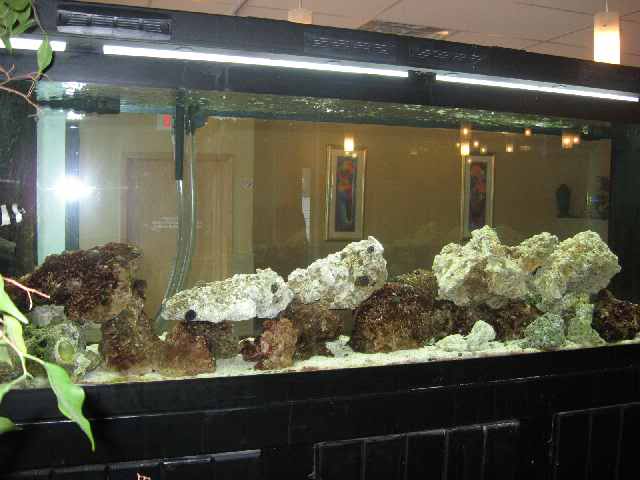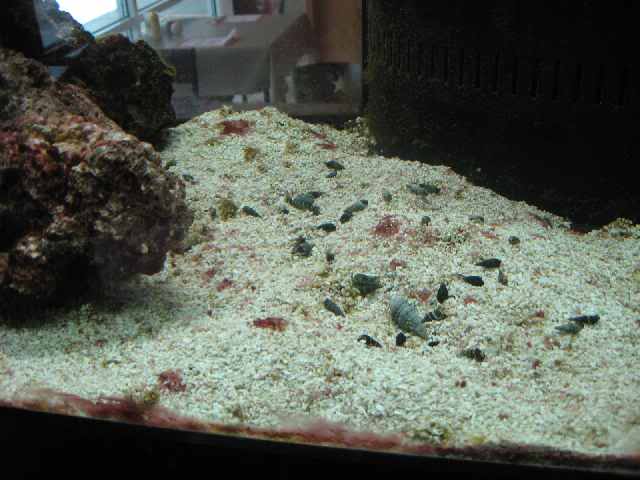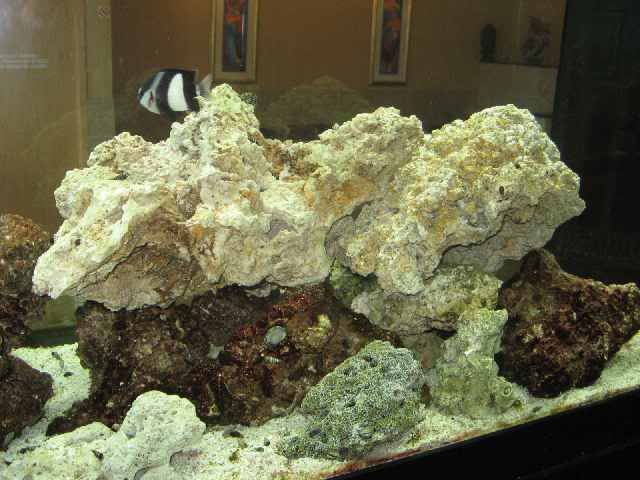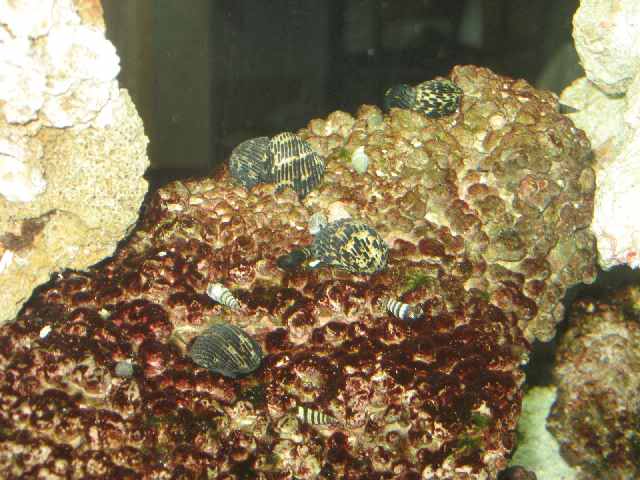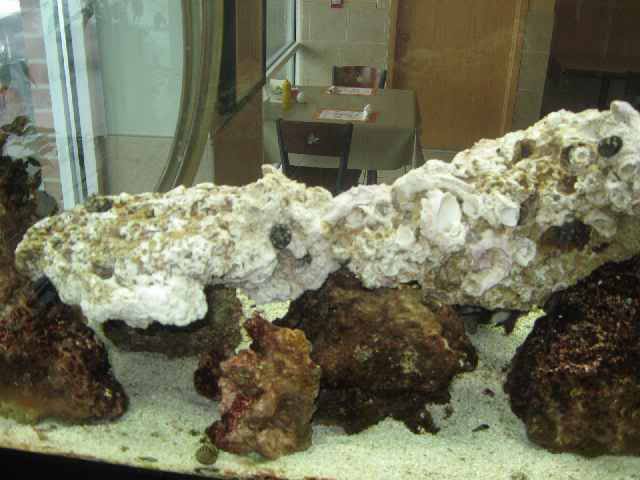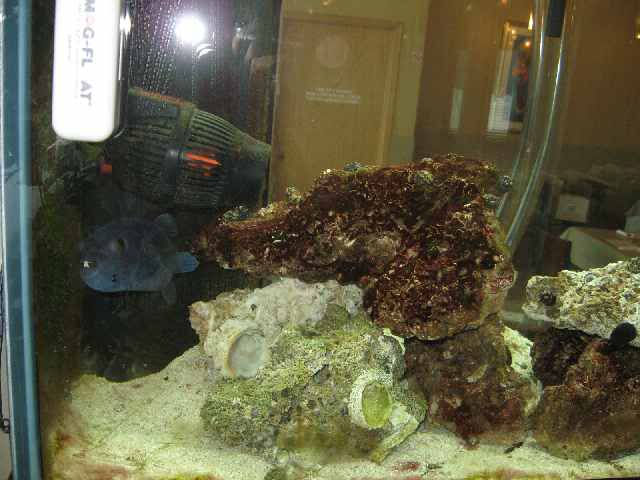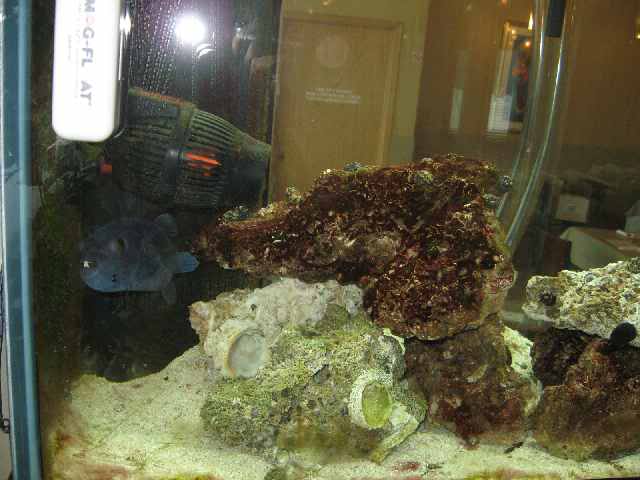I don't think your CUC will eat your cyano or your hair algae...so one out of three isn't so bad....1. won't eat cyano, 2. won't eat hair algae 3. Puffer will eat all of your CUC! hahahaha lol
So are you telling me that
ReefCleaners.org | Clean Up Crews and Macro Algae - Home is guilty of false advertising? Here's their descriptions:
Assorted hermits
This mix of assorted reef safe hermit crabs are good at removing
hair algae, film algae, detritus and
cyanobacteria from your tank. They will eat some thinner macros, and ulva, scroll algae, and Halymenia may be at risk. Thin legs will often eat caulerpa as well. While they will not eat your corals, they may attack snails for their shells, and this is something to be mindful of in your tank. You can reduce this risk by having plenty of empty shells for them to move into.
Dwarf Cerith
These smaller Cerith snails range in size from a half and inch to almost 1'', but are slender. These snails will consume
diatoms,
cyano,
film algae, detritus, and
hair algae in the substrate as well as on rocks and to some extent the glass in your aquarium. Because of their versatility and hardiness, they are our favorite species of cleaner. Because of their smaller size, they are able to clean the nooks and crannies in your live rock, where algae hides, and detritus pockets decay into available nutrients and clog pores. We consider these to be some of the most versatile snails we know of, and recommend them as the "staple" of your cleaning crew.
Nassarius Vibex
Excellent sand stirrer and scavenger. These snails will pop out of the sand when they smell food, or when you are feeding the fish. Contrary to popular belief these snails
do NOT eat algae; they eat detritus and leftover fish food. They are still good in your tank though, because they will help maintain your nitrate levels, and clean some of the debris that is building up in your substrate.
These snails are almost a must for those of you with messy eaters, such as predatory fish and seahorses. They are also good to have around if your fish are well fed.
They grow to about a half of an inch tall, and 3/5 of an inch in length. A decent sized snail. Combining them with our Cerith and Dwarf Planaxis Snails is the best way to get your substrate clean.
Nerite snails
The popular Nerite snails is checkered with variable markings that make it an attractive addition to the reef tank. In addition to good looks, the Nerite Snail is a voracious consumer of detritus,
algae and especially diatoms and
cyanobacteria - including Lyngbya. These snails are excellent for cleaning the rocks and glass of your aquarium, and get along well with others.They will not consume display macro algae.
????????
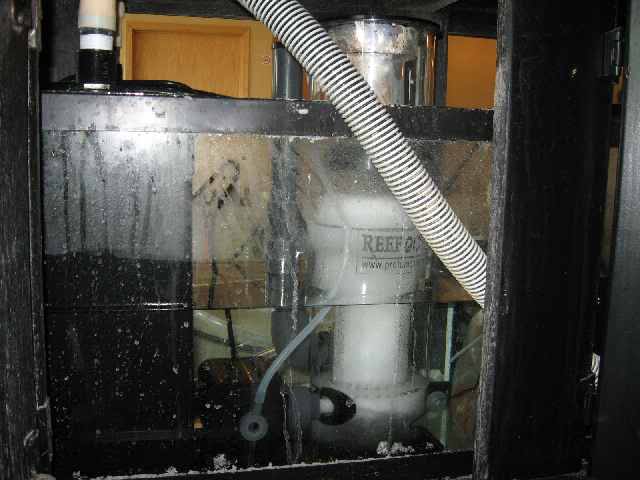 [/FONT]
[/FONT]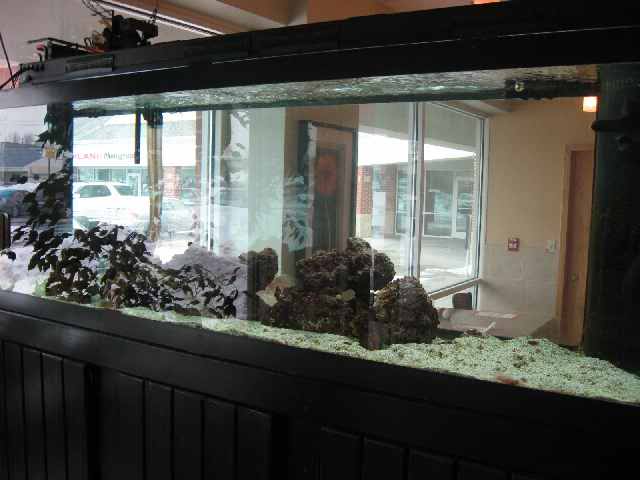 [/FONT]
[/FONT]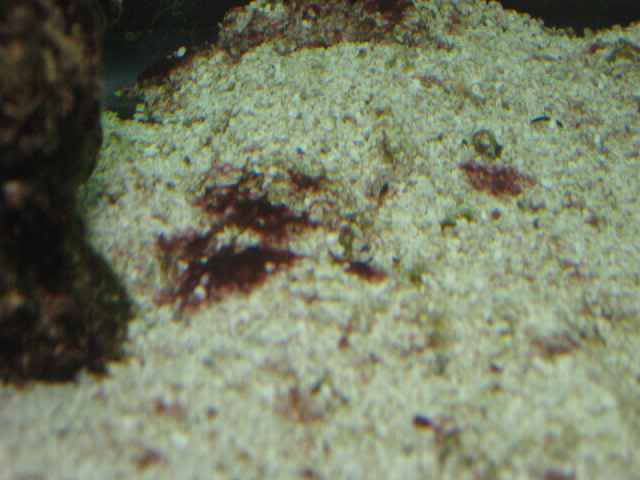 [/FONT]
[/FONT]



